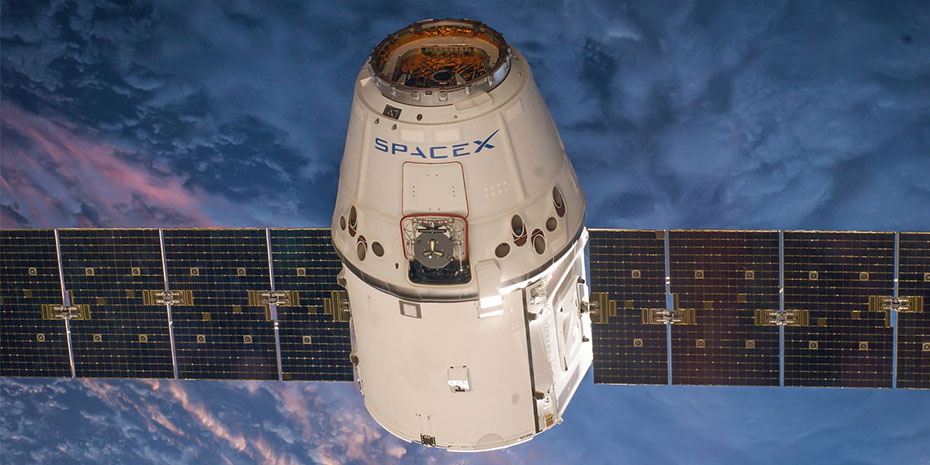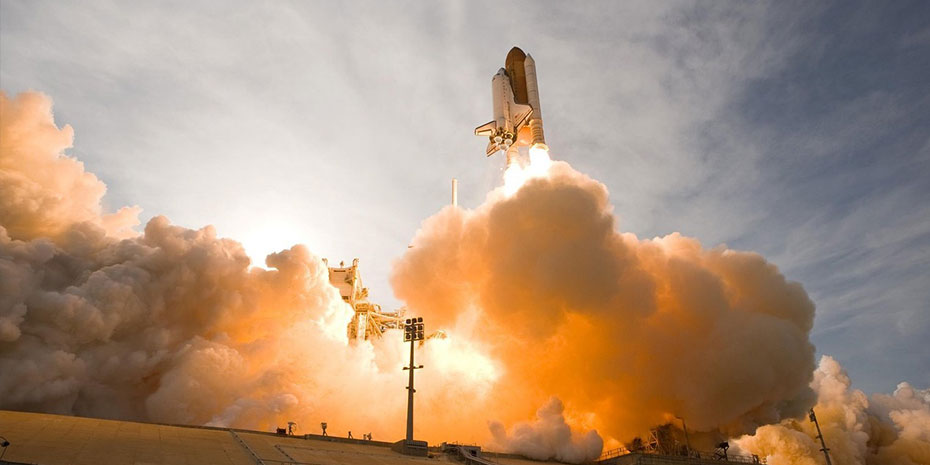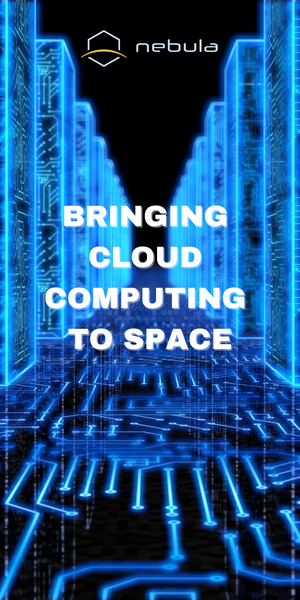Your Place in Space: How Ultra Safe Nuclear in Space Could Supply Earth with Clean Power
| 1066


Nuclear power has been with us for a long time and was originally developed to power machinery, like submarines, before being adapted to power plants. Accidents have occurred in the past, but these were at plants that generally had old, early-generation plants with pressurized water reactors. Currently, there is a renaissance in the nuclear energy sector, and the newer approaches are safer and cleaner than they have been in the past. The fears over using nuclear power come from first-generation nuclear power plants, while Ultra Safe Nuclear Corporation (USNC) and other younger companies are working with fourth-generation technology. The leap in technology from first to fourth is astounding – like going from dial-up to fiber-optic!
USNC encases its fuel in ceramic, which allows them to increase its energy output without compromising safety. In space, this change in technology allows USNC to output even more energy.
The safety features that are necessary for using nuclear energy on Earth do not necessarily apply to its application in space. For instance, a common precaution when building a terrestrial nuclear power plant is to ensure the safety of the community that will be utilizing it and housed near the plant. Space, though, is devoid of additional people who could be harmed by nuclear energy, and more focus can be placed on output. There are actually guidelines in the United States for launching nuclear material into orbit. These guidelines haven’t been utilized yet, as further testing is needed, but the outlook is promising.
Concerns about nuclear radiation released into space are largely inconsequential. Not only is space already inundated with solar radiation, but the distances between objects in space are tens of kilometers apart and larger than the ‘safety, keep out’ zones of even the largest power plants on Earth. There are also provisions in the guidelines for launching nuclear material into space that insist it stays in ‘nuclear safe orbit.’ This means that even if we lose control of a nuclear reactor, it will stay in orbit until it is inert. In essence, the reactor would not reenter Earth’s atmosphere for thousands and thousands of years.
Many don’t realize Space-based nuclear power plants aren’t a new concept. Russia has three nuclear reactors in space already! US-operated USNC is testing a Space-based system that could “beam” and transmit data and, eventually energy. It is the same technology that is currently used with cell phone towers to transmit everything from calls to video to text messages. The next logical step is to use it to transmit energy for the purposes of emergency and short-term, temporary power needs. Imagine if in disasters, when the power grid goes down, we could simply beam energy to them until the power grid came back up – or beam power to military teams?





